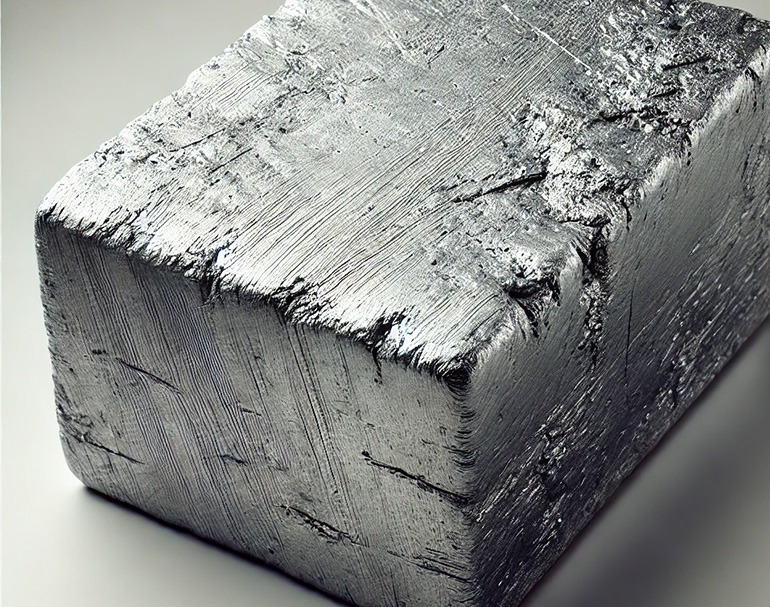Lead (Lat. Plumbum) is a metal that people began using for their daily needs as early as 6400 BC. Lead is an extremely soft metal that can be easily forged, rolled, and cast. Although lead is known to be a good conductor of heat, it is surprising to learn that it is a poor conductor of electricity. Lead has a melting point of 327.5°C and a boiling point of 1744°C.
Lead (chemical symbol Pb) is a toxic metal. Its use is banned or severely restricted in many areas of industrial production. However, the metal’s corrosion resistance, durability, and favourable price still encourage manufacturers to choose lead for the production of some product components. One of the most popular industrial lead products (found in the garages of much of the world’s population) is automotive lead-acid batteries. A car lead-acid battery contains between 7 and 9.5 kg of solid lead.
Because of its high density, lead can be used in special applications, such as the manufacture of devices to protect against ionising radiation. Although the use of lead in industry is declining due to the direct health hazards of the metal, it can still be used as a component in various metal alloys. Molten lead is also effectively used as a solvent for gold and silver and as a collector of particles of these precious metals.
Sources:
https://www.britannica.com/science/lead-chemical-element
https://study.com/learn/lesson/lead-element-properties-facts-discovery.html
